Weekly Tech Recap - № 275 - Apple M1, macOS Big Sur, GitHub on GitHub, Project Taara and Teslaquila
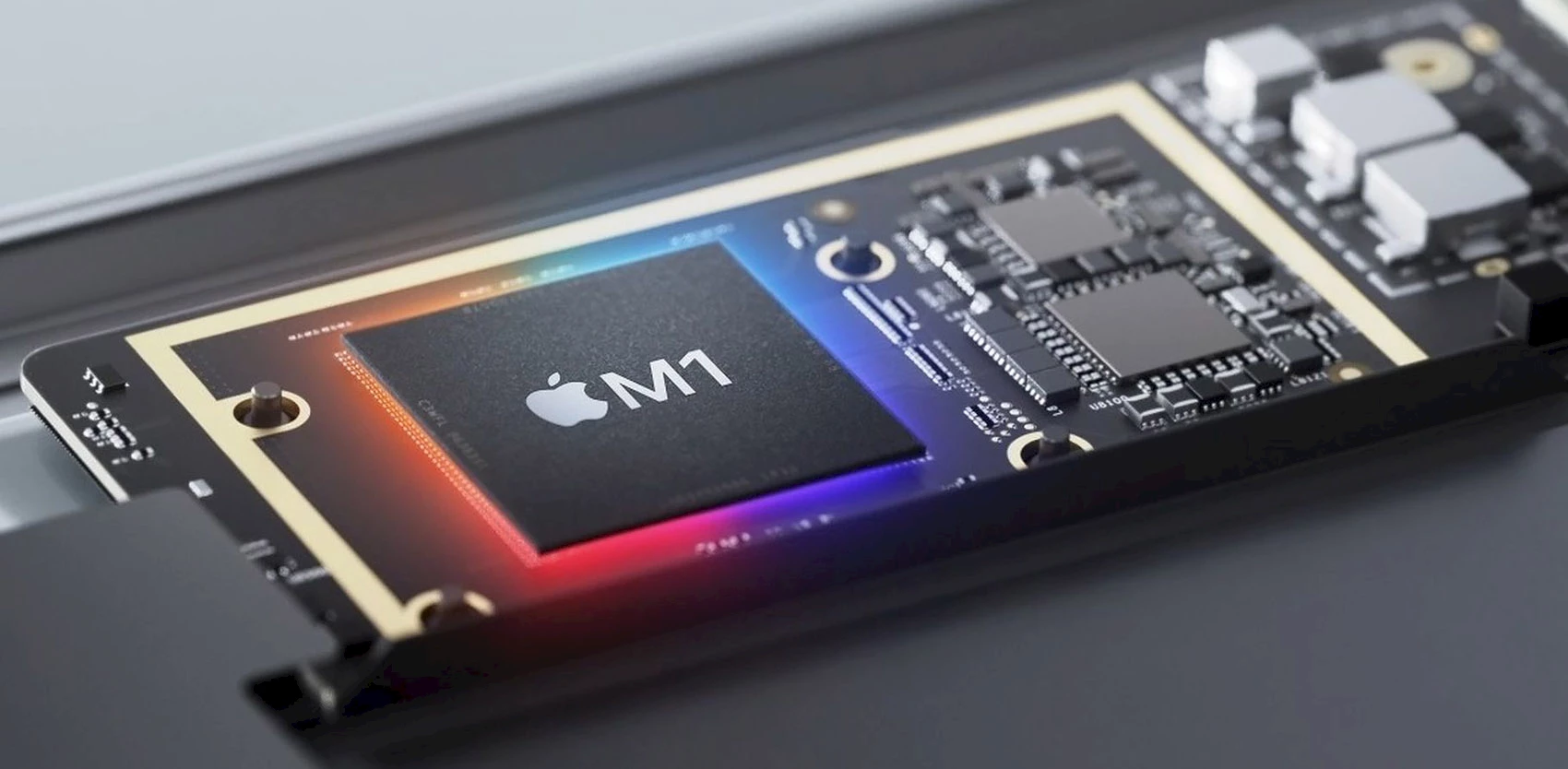
Apple M1
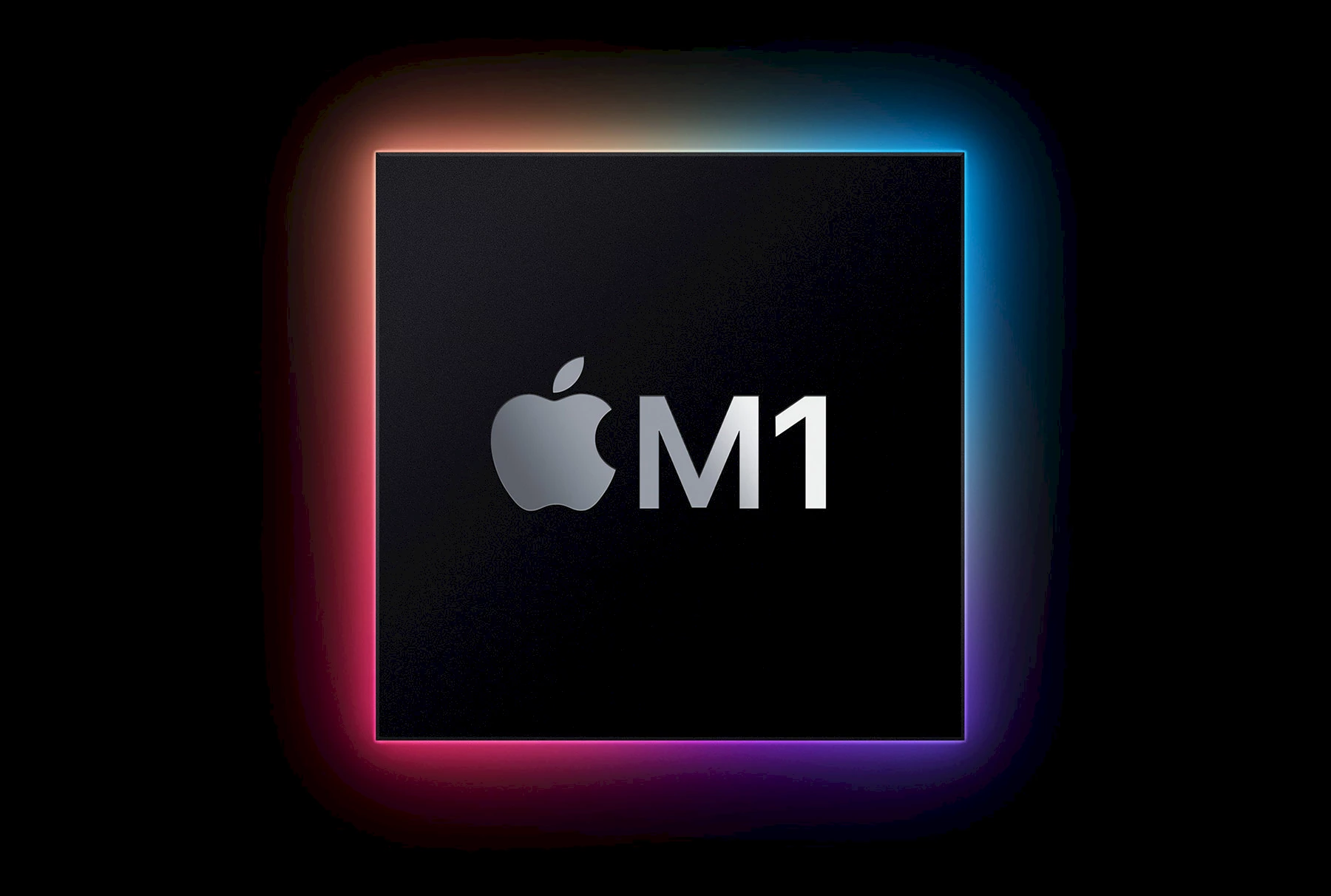
M1. © Apple.
The Mac Mini ARM that was shipped to developers after WWDC 2020 had a A12Z chip, the same as the iPad Pro. This seemed to indicate that the next generation of Mac ARMs would come with some variant of the chips that power its telephones and tablets. But that’s not what happened: the first Mac ARMs unveiled today (a MacBook Air, a 13-inch MacBook Pro and a surprise Mac mini) come with the first model of a brand-new family of SoCs developed by Apple. Called M1, the eight-core chip was developed specifically for Macs. M1 is the first personal computer chip built using cutting-edge 5-nanometer process technology and is packed with an astounding 16 billion transistors. The SoC features not just a CPU, a GPU, input-output management, a Neural Engine, and caches, but also the entire computer’s DRAM. Apple explains that unifying the memory on one and the same SoC provides considerable gains in performance. The flip side is that you can’t increase your RAM. Since the new models come with (probably) one of two variants of the M1, they can only have 8 or 16GB of RAM. If you need more, you’ll have to wait for the next Mac, or fall back on the Mac Intels that are still available. Also, the M1 does not support external GPUs and can’t manage SSD storage over 2TB. The good news is that the first benchmarks show excellent performances. For example, the MacBook Air M1 outperforms all the iOS machines. And the single-core versions beat all previous Macs, including the 10th-generation MacBook Pro 2.4GHz Intel Core i9.
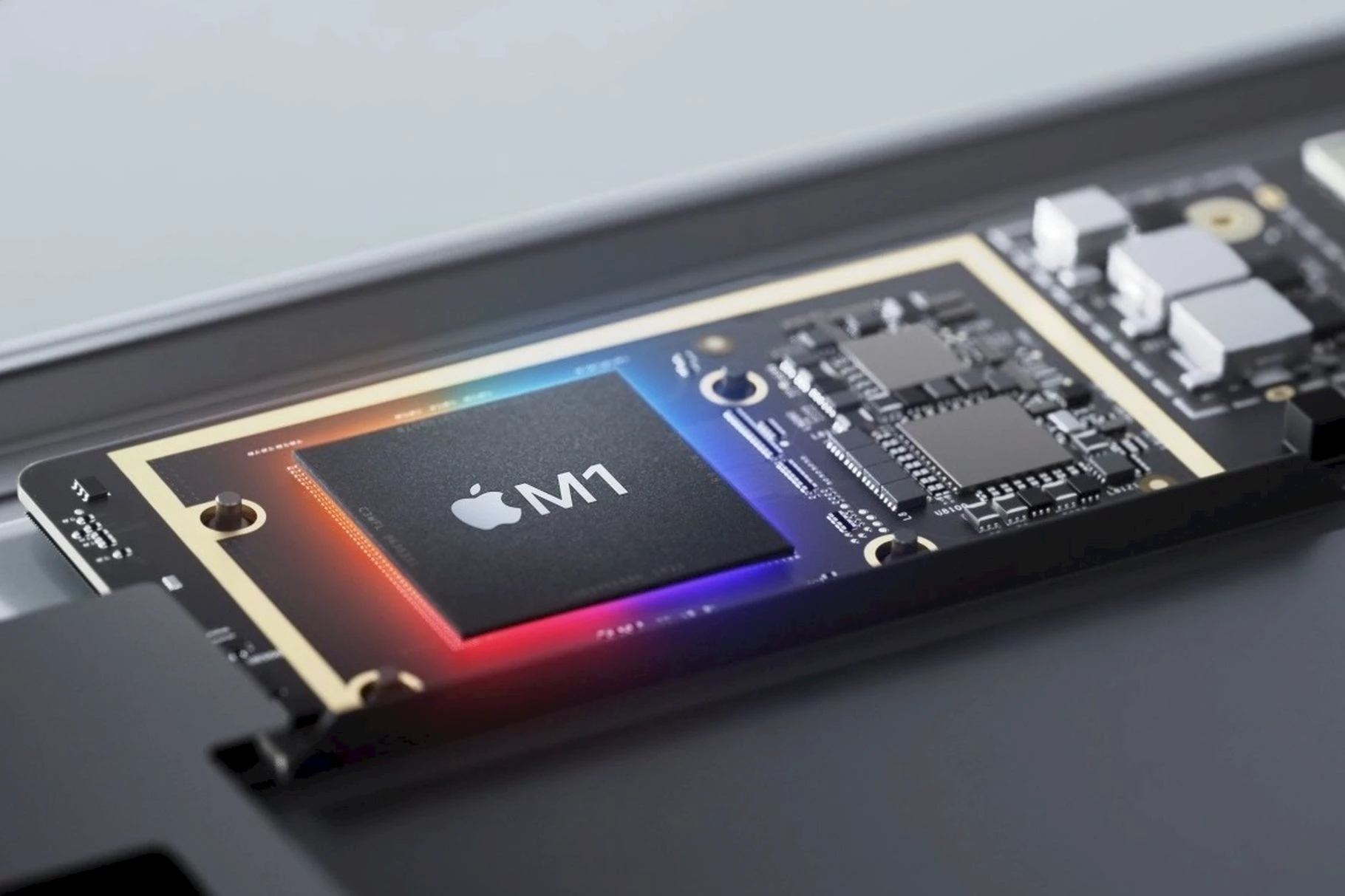
⇨ Apple Newsroom, “Apple unleashes M1.”
⇨ Ars Technica, Corey Gaskin, “Apple dishes details on its new M1 chip.”
⇨ MacRumors, Juli Clover, “Apple Silicon chips yesterday, and as of today, the first benchmark of the new chip appears to be showing up on the Geekbench site..”
macOS 11.0 Big Sur

Big Sur. © Apple.
The day Apple delivered its final version of Big Sur, Andrew Cunningham released his traditional Ars Technica review (link below) which exhaustively details every aspect of the new system. At over 20,000 words long, the article should keep you amused for three hours at a normal reading pace. In his conclusion, Andrew notes that Big Sur is an incrementalist macOS update that builds on the foundation laid by the last few releases of the operating system. Aside from the visual aspect of the interface (which increasingly looks like an iPad), it’s a collection of tweaks and minor feature upgrades and under-the-hood enhancements that bumps the platform forward but doesn’t radically change it. Big Sur is essentially the version that transitions machines to ARM chips. It features Rosetta 2, which provides compatibility with Mac M1 for applications designed for Mac Intel, translating x86-64 instructions into ARM64 instructions. Finally, this version, numbered 11.0 and not 10.16, marks the end of the OS X saga (which became macOS in 2016 with version 10.12).
⇨ Ars Technica, Andrew Cunningham, “macOS 11.0 Big Sur: The Ars Technica review.”
GitHub source code on… GitHub
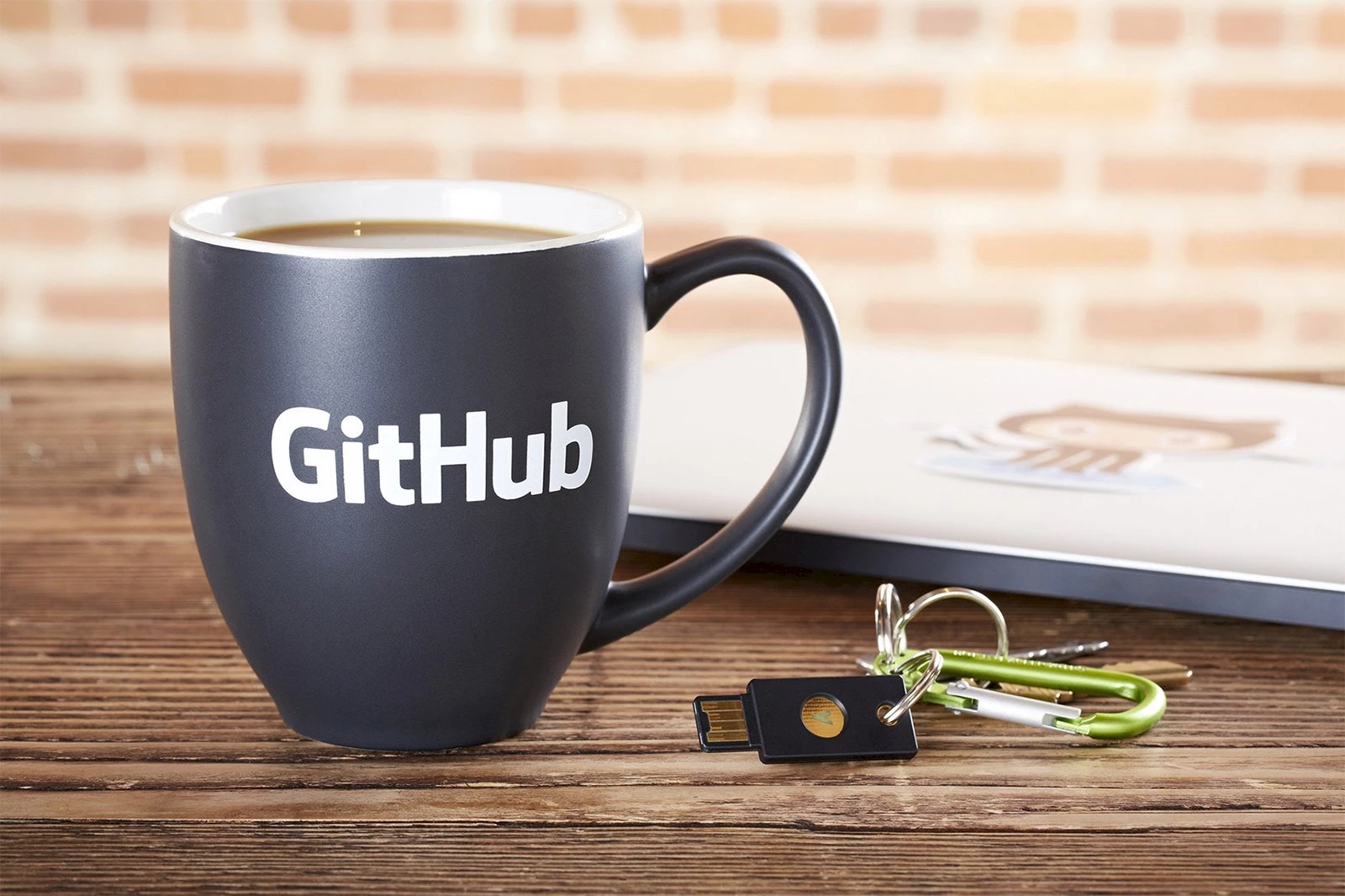
© GitHub.
Developer and privacy activist Resynth1943 announced that GitHub’s source code had been leaked on GitHub itself, in GitHub’s own DMCA repository. But in actual fact, the upload in question was actually of GitHub Enterprise Server, not the GitHub website itself, which, while no less serious, is more accurate. According to GitHub CEO Nat Friedman, GitHub accidentally supplied some customers a complete and non-obfuscated tarball of GHES a couple of months ago; this is the code that was dumped into GitHub’s public DMCA repository, under Nat Friedman’s name. It seems that Resynth1943 wanted to send a message by choosing this repository, which serves as a history of DMCA (Digital Millennium Copyright Act) takedown requests that GitHub has received, including the Youtube-dl takedown, demanded by the RIAA (Recording Industry Association of America). On the plus side, there’s no actual hacking or compromise here. The source code was freely, if accidentally, given to customers, not exfiltrated from a compromised server. But the identity fraud shows how easy it is to impersonate someone else on GitHub. The company will probably want to fix this, unless it wants to see “Nat Friedman” being disorderly on GitHub.
⇨ Ars Technica, Jim Salter, “GitHub’s source code was leaked on GitHub last night… sort of.”
Project Taara
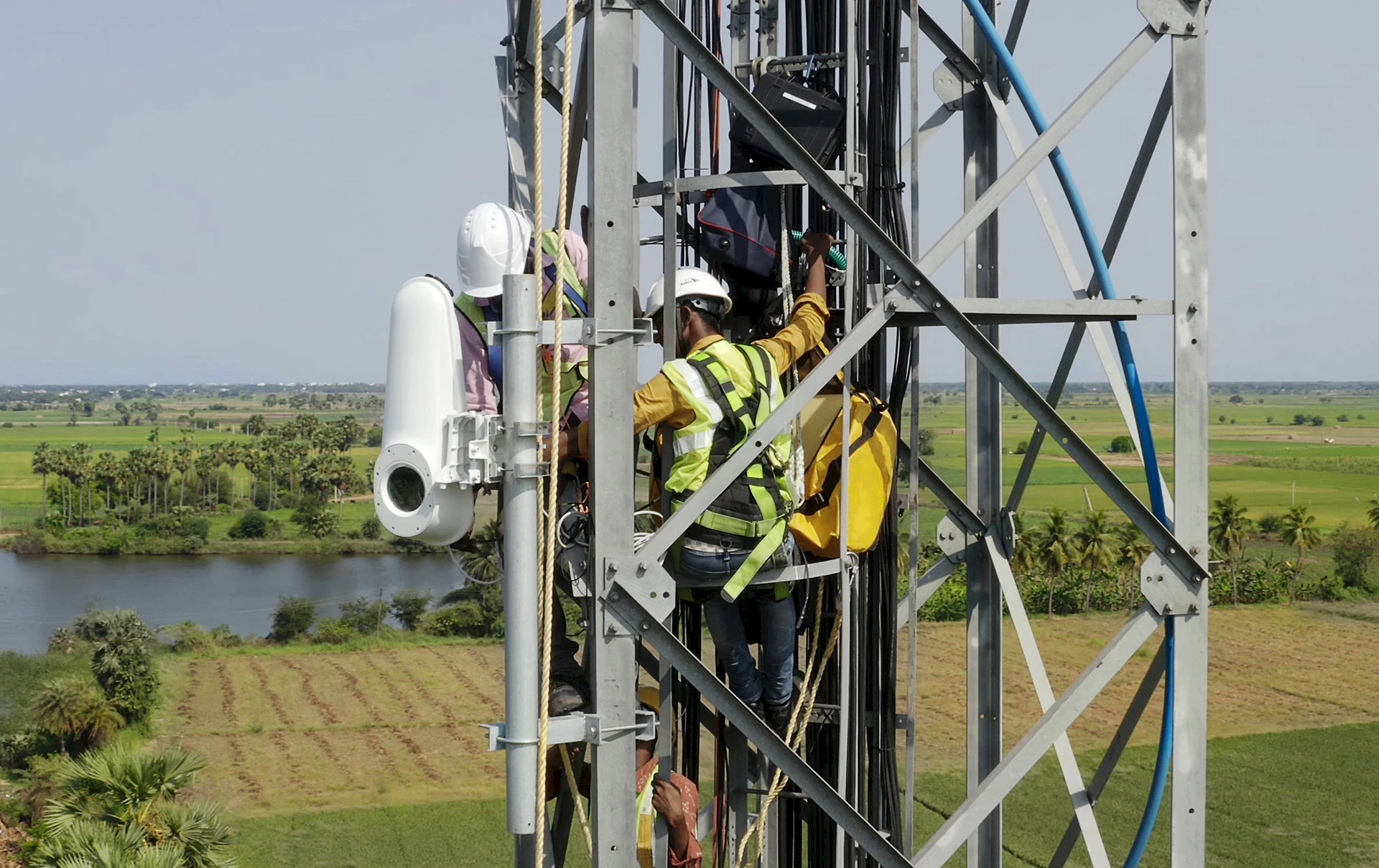
Project Taara. © X Development LLC.
The Taara project, initiated by Alphabet, Google’s parent company, provides Internet connectivity over light beams. Tested in Kenya, the technology can cover distances of up to 20km and transmit bandwidth of up to 20Gb/s, enough for thousands to watch YouTube videos at the same time. Taara aims to improve affordable high-speed Internet access for sub-Saharan Africa. Similar to fiber-optic cables, Taara’s technology uses light to transmit data, but without the cables, which dramatically cuts infrastructure costs related to deploying fiber, for example over rivers, across national parks, or in post-conflict zones that are riddled with landmines. Taara General Manager, Mahesh Krishnaswamy, noted that Taara links can “offer a cost-effective and quickly deployable way to bring high-speed Internet access to remote areas”. This technology can be put to good use outside of sub-Saharan Africa, much closer to home, like in rural and remote Canada, for example.
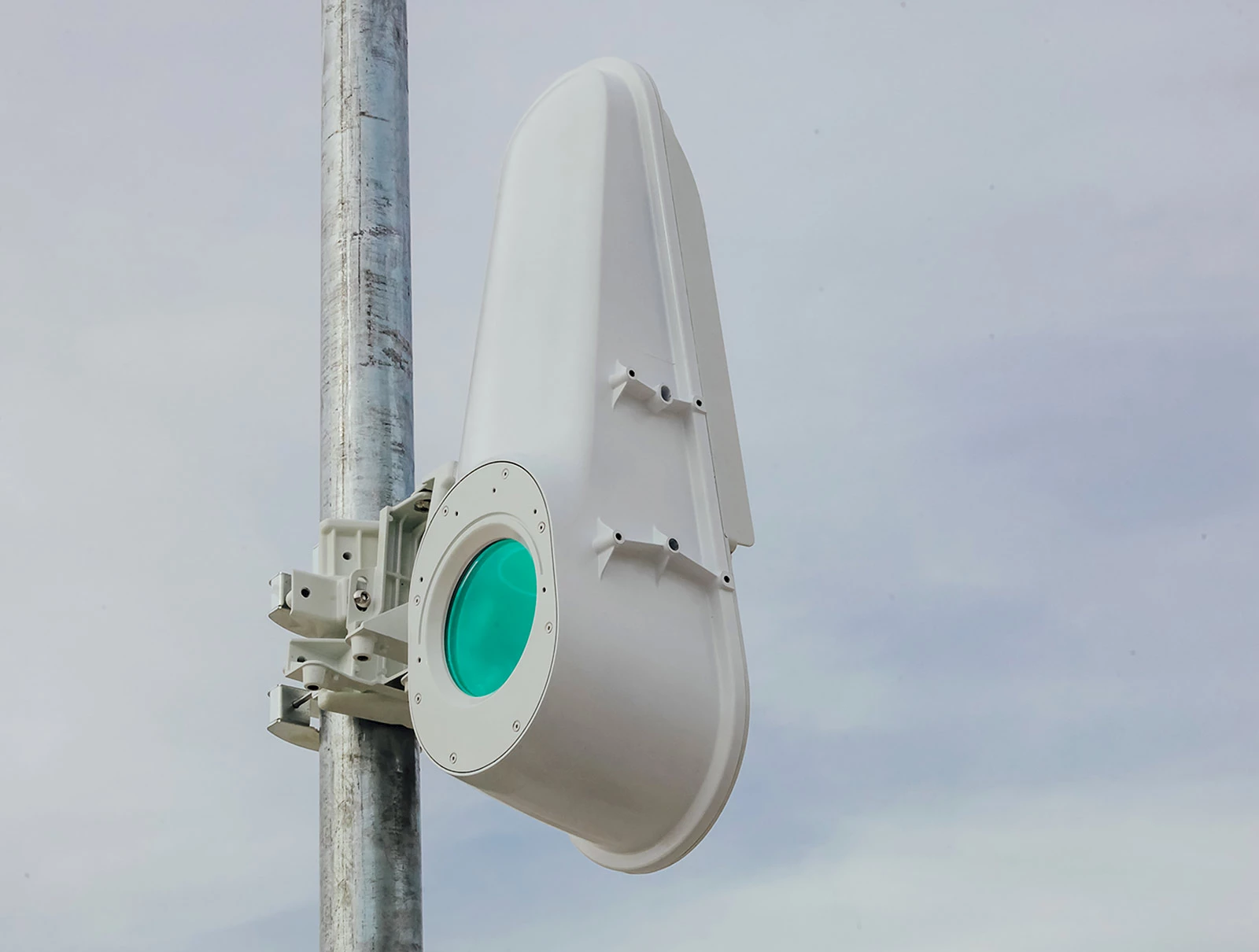
⇨ X Development, “Taara.”
⇨ Ars Technica, Jon Brodkin, “Alphabet delivers wireless Internet over light beams from 20km away.”
Teslaquila? ¡Ay, caramba!
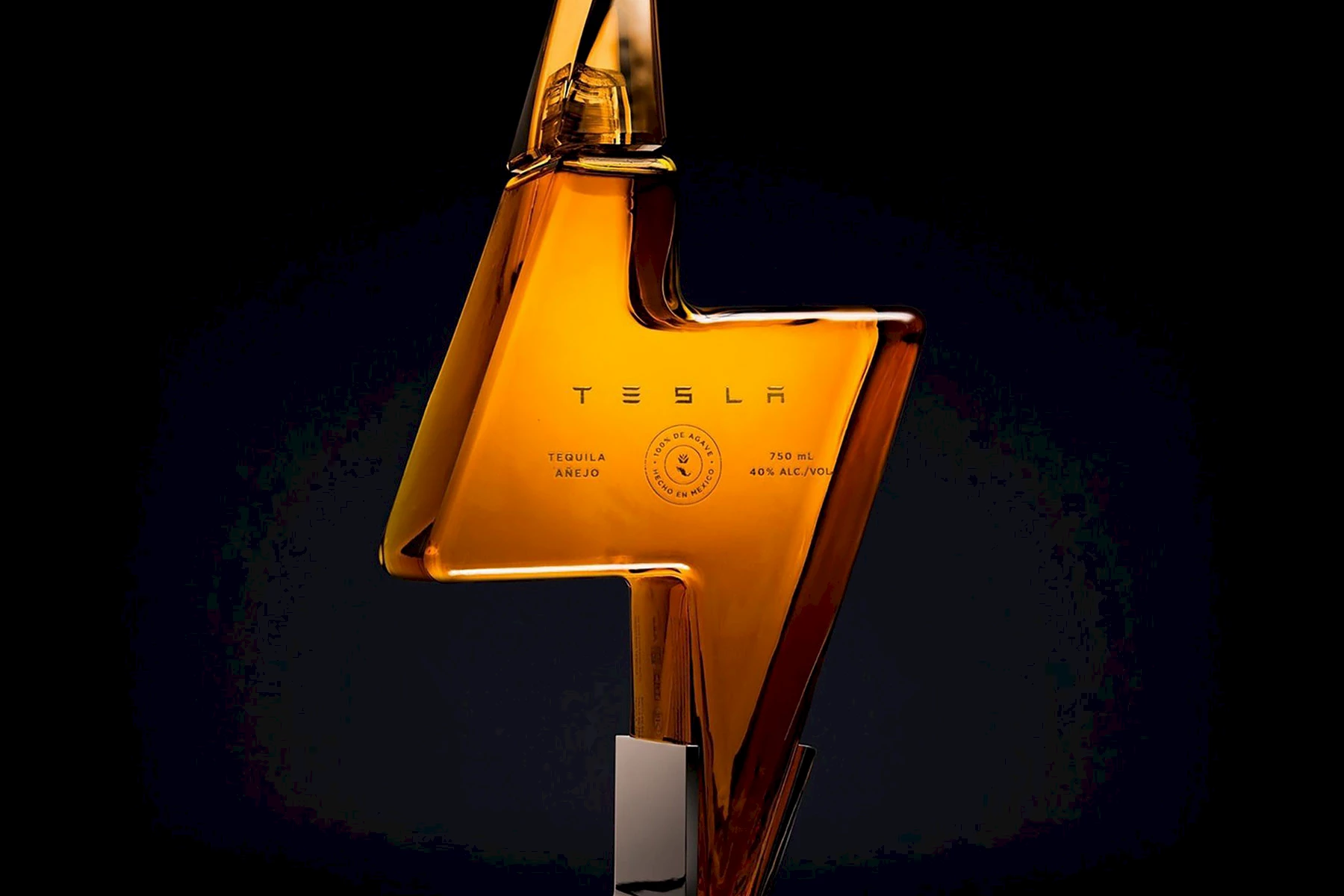
Tequila. © Tesla.
Elon Musk, a fun-loving guy who doesn’t always turn down a drink, or even a smoke, has launched a new Tesla spin-off product: tequila. And not just any old tequila: the 750ml bottle of tequila añejo is retailing for USD250 on Tesla’s website. An añejo is typically aged from one to three years in French oak barrels; this one, made from blue agave from Jalisco, was aged for 15 months. Tesla’s web site describes the drink as “featuring a dry fruit and light vanilla nose with a balanced cinnamon pepper finish”. Tempted? Sorry, but Elon’s Teslaquila is not available in Canada, for silly administrative reasons; worse yet, it sold out in less than 24 hours. You can now buy it on eBay, for up to USD2,500. Just remember that though this drink bears the logo of the world’s most famous auto builder, you still can’t drink and drive.
⇨ The Verge, Elizabeth Lopatto, “Tesla’s Tequila exists, pricily.”
